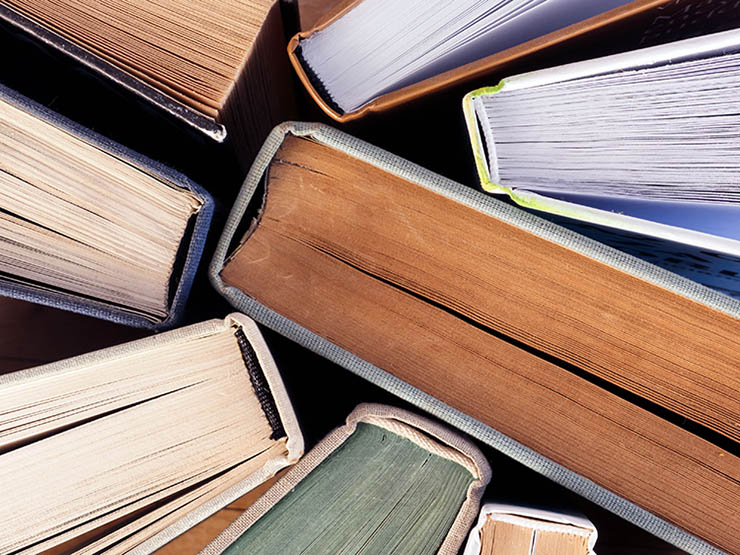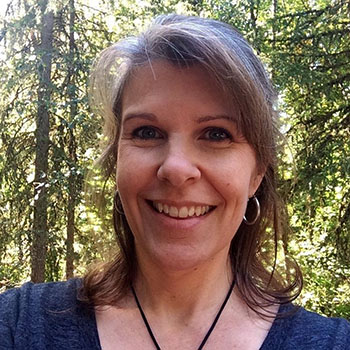Media Monday: Exploring neurodiversity in pop culture
/We actually don’t understand the landscape that younger people have to navigate. And that’s why it’s so important not to tell kids how it’s going to be, but to listen to them as they try to find words to tell us how it is for them. And that’s sort of the struggle of autism.
—Hannah Gadsby, The Ezra Klein Podcast, August 17, 2020*
*Please note that Hannah Gadsby’s interview and her shows are more appropriate for mature teens and adults, while Speed Cubers, the film recommended below, is accessible for kids 8 and up.
In the past few years, people on the autism spectrum have shared their perspectives with the world in new and compelling ways, including books, films, TV shows, and even stand-up comedy. In the past couple of weeks I’ve stumbled upon a couple of new entries to the mix that I enjoyed, so I’d like to share them here. I hope any parents and kids out there with other favorites to share will do that in the comments, and we can follow up with another blog post soon.
The Speed Cubers (Netflix) is a short documentary about Max Park, a rock star in the world of competitive Rubik’s cube solvers. Max’s world opens up to new friends and experiences when he takes his skills and determination to new heights at the 2019 Rubik’s Cube World Championship.
The film is really about the power of friendship and parental support. As a kid, Max is able to overcome some of his isolation and improve his motor skills by playing with cubes with his parents. In the wider world, his admiration for a champion “cuber” from Australia, Feliks Zemdegs, leads Max to learn to interpret social cues and to deal with both success and failure with grace. The connection and mutual support of the two young men is inspiring, and the joyful spirit of the competitions is an antidote to any pandemic-inspired malaise you might be feeling right now.
I’m a fan of the Ezra Klein podcast and was thrilled last week to discover an hour-long interview with Australian comedian Hannah Gadsby. Gadsby’s first Netflix special, Nanette, caused a sensation in 2018 when she used her incredible power as a storyteller to talk about trauma, misogyny, queerness, and her struggles to find her place in a deeply homophobic culture—all within the framework of a comedy performance.
Klein’s conversation with Gadsby was one of the most enlightening I’ve ever heard on the topic of living with autism in a world that can’t or won’t understand or accommodate differences. It’s also a somewhat rare look at the female experience. Gadsby was only identified as neurodiverse a few years ago in her late 30s. That revelation is the subject of her most recent Netflix special, Douglas (named after her beloved dog). Much of the podcast conversation revolves around how the education system at all levels failed to pick up on Gadsby’s neurodiversity, leading to years of struggle when she simply couldn’t navigate the world as others expected and ended up homeless and vulnerable. Her intelligence and wit shines through in the conversation as it does in her work, much of which is also inspired by her love of art history. And as Klein says, it makes the experience of autism “emotionally legible.”
A few other recent additions to cultural representations of autism are listed below; these are mainly for teens. The PBS show Reading Rockets has a full list of recommended books for younger kids featuring autistic characters. Please add your own favorites to the comments!
There are several recent TV series centered on neurodiverse characters right now, and one of the most unique features Harlan, a young character on The Umbrella Academy who is autistic and nonverbal and has a variety of supernatural powers, including telekinesis. (Suitable for kids 15 and up.)
Madeleine Ryan’s A Room Called Earth is a novel that draws on its author’s experiences on the spectrum, especially the way she processes feelings. Ryan says of her main character: “It felt like she’d chosen me. And in a sense, from that point on, she really helped me to embrace autism.” (For kids who read adult fiction.)
Paige Lyle, a TikTok video star, takes on a wide range of topics, including debunking myths about her life with autism: “You should listen to disabled people on disabled issues. You should always listen to the person it affects.” (Suitable for kids 15 and up.)
Shelley Sperry | Sperry Editorial























